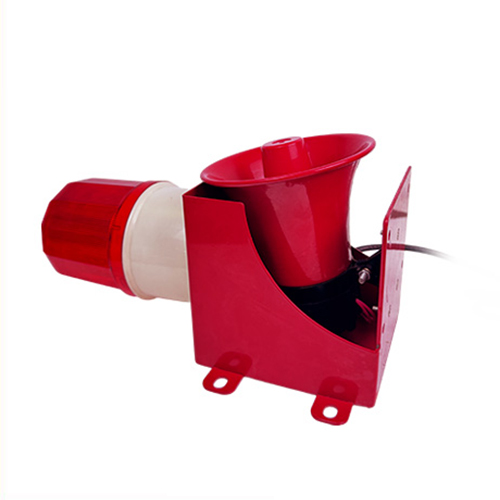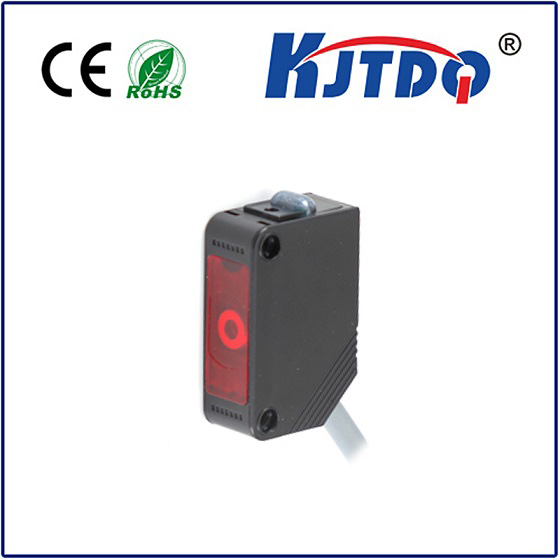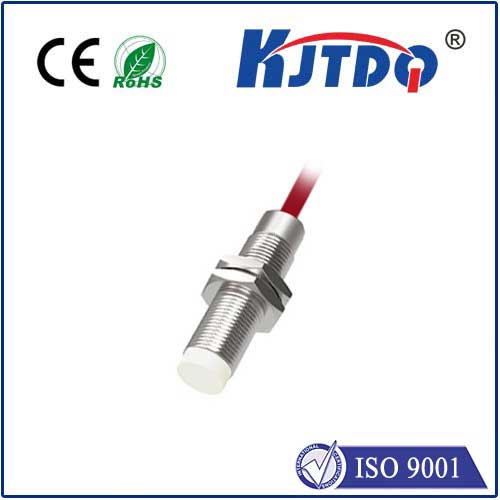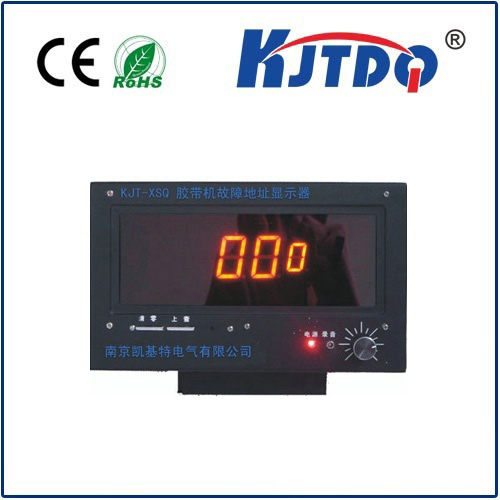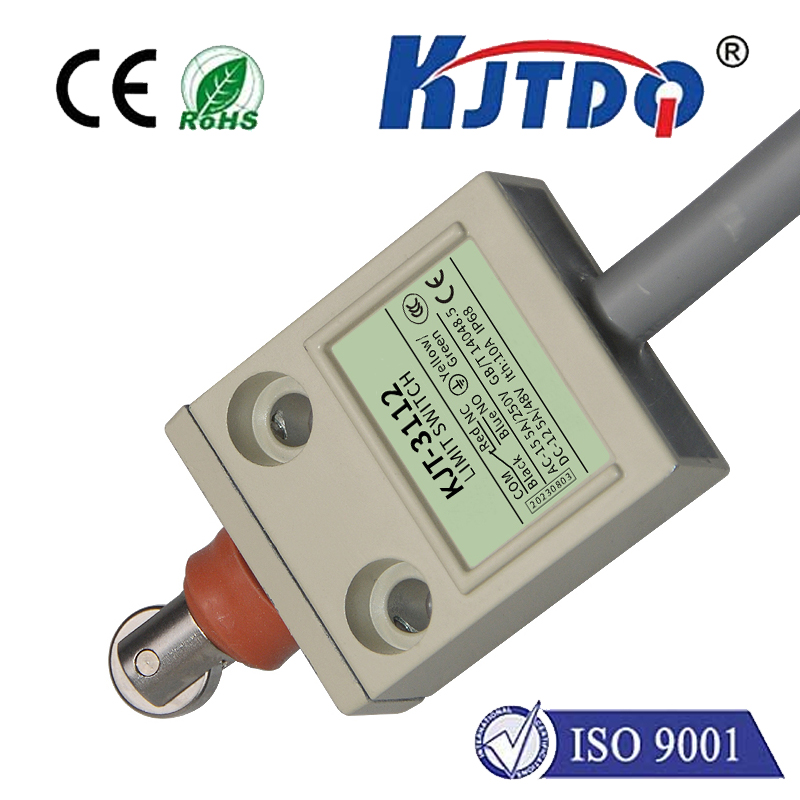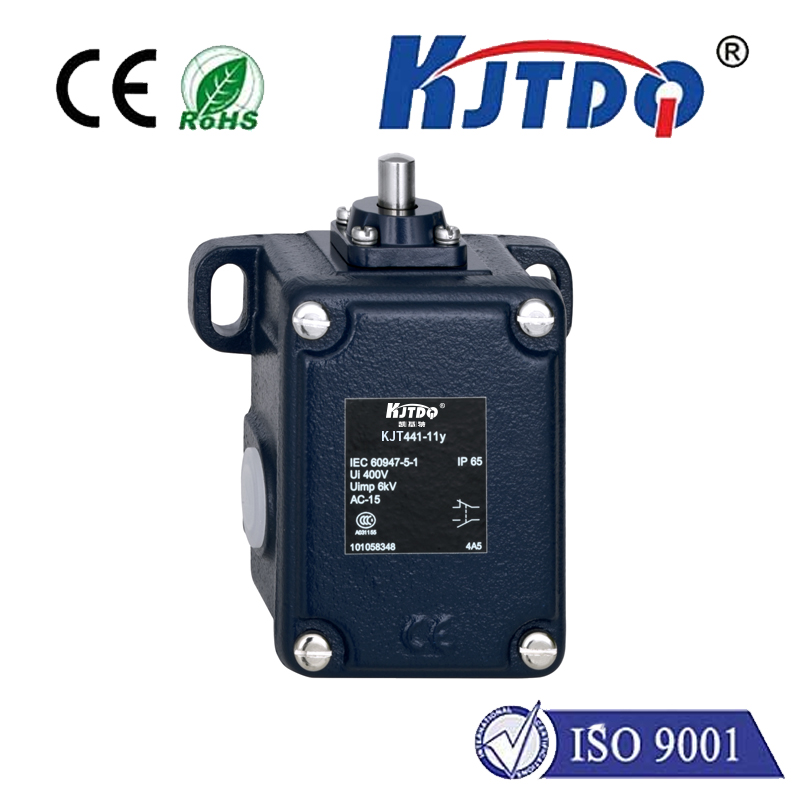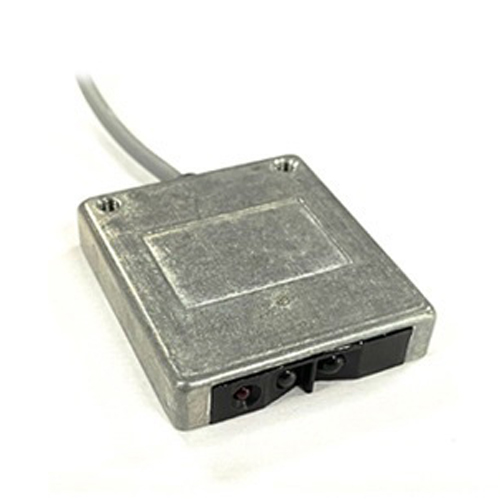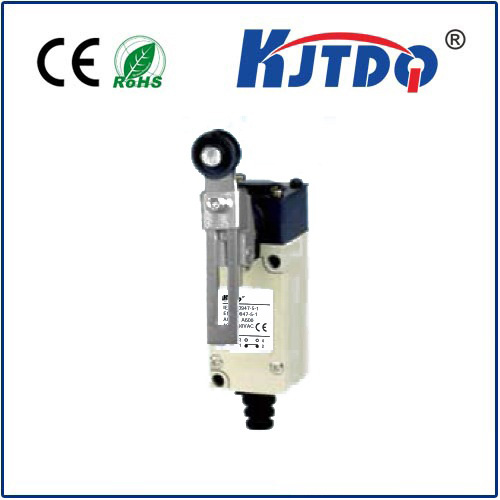

check

check

check

check

check

check

check

check

check

check
Body:
Proximity sensors have revolutionized the way we perceive our environment, providing us with valuable information about objects and people in our vicinity. One of the most significant applications of these sensors is in the field of human detection, where they are used to identify individuals who are close to a specific area or object. This technology has immense potential in various industries, such as manufacturing, construction, healthcare, and entertainment. By leveraging the power of proximity sensors, businesses can enhance safety, improve efficiency, and reduce costs.
In the manufacturing industry, proximity sensors can be used to monitor employees working in hazardous environments, alerting them of potential hazards before they occur. This not only protects employees but also ensures that production processes are carried out safely and efficiently. In addition, proximity sensors can be integrated into industrial robots, allowing them to navigate obstacles and perform complex tasks with greater precision.
In the construction sector, proximity sensors can be employed to track workers in high-risk areas, such as高空作业 or dangerous machinery operations. By providing real-time location data, these sensors can help ensure that workers are safe and can respond quickly to any emergencies that may arise. Similarly, proximity sensors can be used to monitor the performance of equipment and machinery, enabling engineers to identify potential issues before they cause costly downtime.
In the healthcare industry, proximity sensors can be utilized in patient monitoring systems to provide doctors and nurses with accurate information about a patient's vital signs and movement. This can help detect early signs of illness or distress, allowing doctors to intervene promptly and potentially save lives. Additionally, proximity sensors can be used in surgical procedures to guide surgeons during intricate operations, ensuring maximum accuracy and minimize risk.
In the entertainment industry, proximity sensors can be integrated into theme parks, museums, and other public spaces to create interactive experiences for visitors. For example, visitors could walk through virtual reality simulations that react to their presence, providing a more immersive and engaging experience. Additionally, proximity sensors can be used to track the movements of spectators during events, allowing organizers to better manage crowds and optimize seating arrangements.
In conclusion, the implementation of proximity sensors for human detection has vast potential in various industries. By enhancing safety, improving efficiency, and reducing costs, this technology is poised to transform the way businesses operate and provide consumers with new and innovative experiences. As research and development continue in this field, we can expect to see even more advanced and sophisticated applications of proximity sensors in the future.
